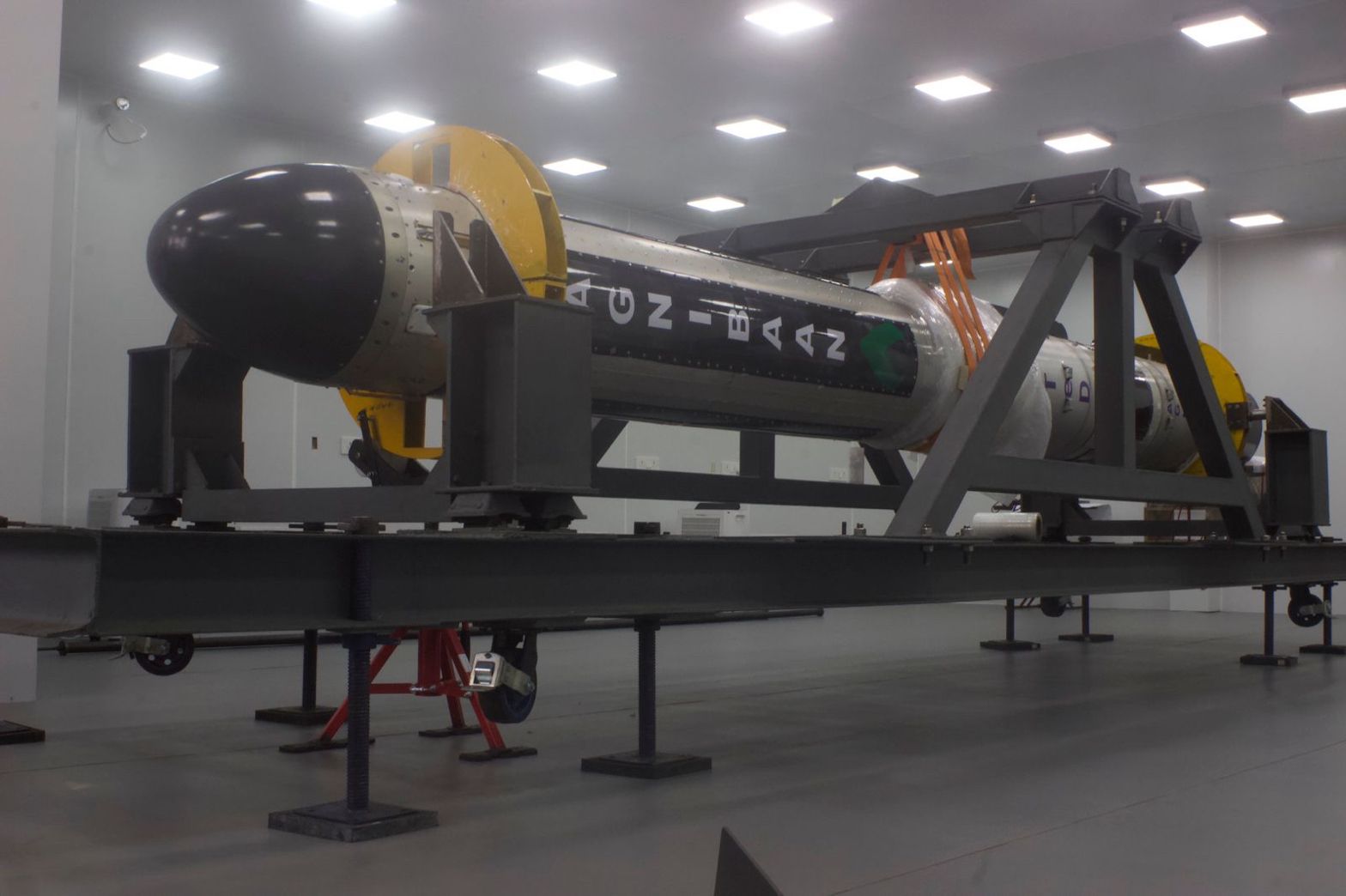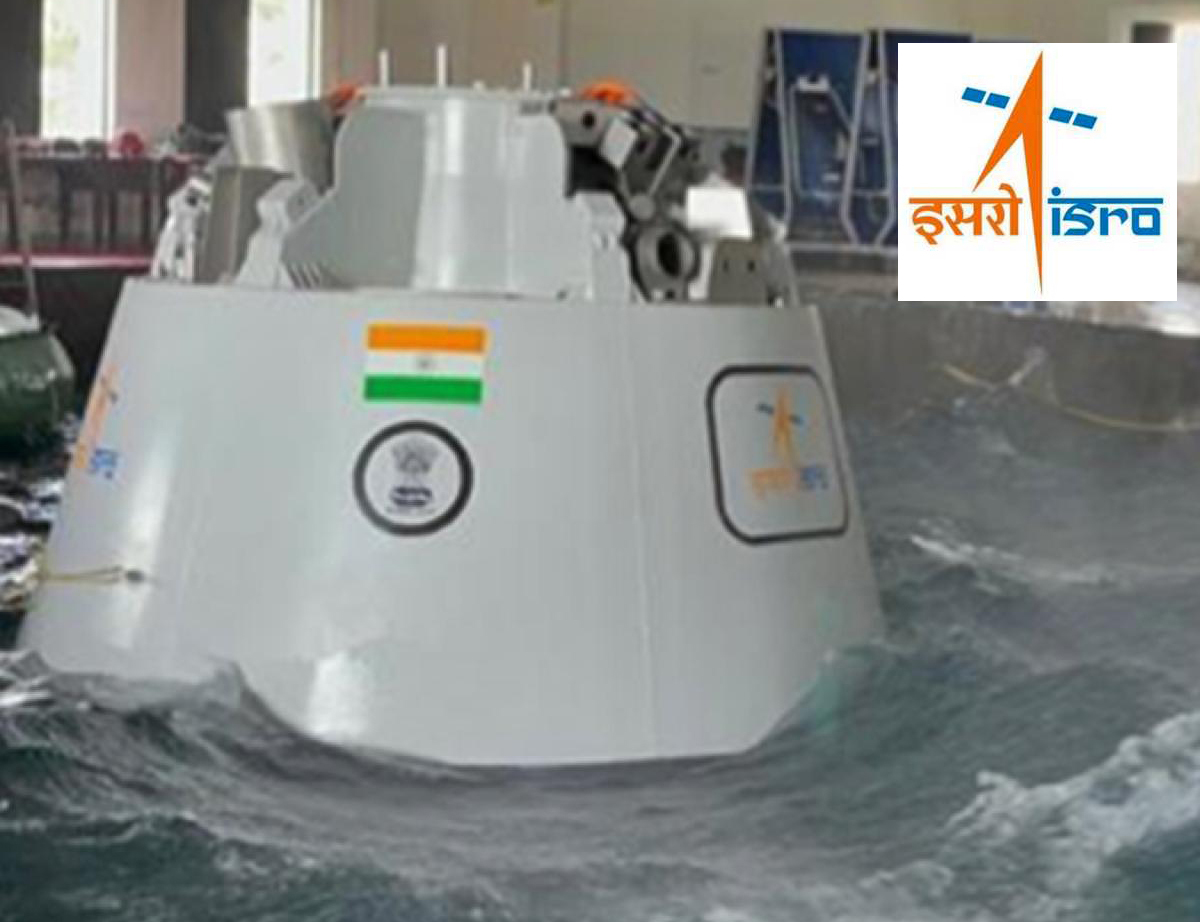
The Agnibaan Sub-Orbital Technology Demonstrator (SOrTeD). (Photo: Agnikul Cosmos website)
NEW DELHI (PTI): Chennai-based space start-up Agnikul Cosmos on Sunday called off the maiden launch of its 3D-printed, semi-cryogenic Agnibaan rocket about 129 seconds before lift-off citing communication issue in the onboard hardware.
Sunday's was the third attempt at the test launch of the Agnibaan Sub-Orbital Technology Demonstrator (SOrTeD) since March 22, when the test flight was first scheduled to be held at the Agnikul Launch Pad at ISRO's Satish Dhawan Space Centre at Sriharikota.
The second attempt at the test launch at 7.50 a.m. on Saturday also could not fructify.
On Sunday, the Agnibaan SOrTeD launch was scheduled at 5.30 am but was put off to 7.50 am.
"Had to call off today's launch attempt of Agnibaan SOrTeD just a second into Automated Launch Sequence (ALS) initiation (at T-129 seconds) because of a communication issue between two of our onboard hardware," the Chennai-based start-up said.
"Although it is frustrating to see a HOLD this close to lift off, we are glad that our ALS did its job. We will get to the root cause and come back for launch after fixing the cause," Agnikul said on X.
Agnikul is seeking to conduct India's second private rocket launch, following startup Skyroot Aerospace's November 2022 launch of the Vikram-S sub-orbital rocket.
Agnibaan is a customisable, two-stage launch vehicle that can carry a payload of up to 300 kg into orbit of about 700 km, according to the company.
The rocket uses a semi-cryogenic engine with a mix of liquid and gas propellants, a technology that is yet to be demonstrated by the Indian Space Research Organisation (ISRO) in any of its rockets.
The SOrTeD mission is a single-stage launch vehicle demonstration that will be powered by a semi-cryogenic engine, the Agnilet, a sub-cooled liquid oxygen-based propulsion system developed indigenously.
The start-up has readied the vehicle with the first-ever ethernet-based avionics architecture and fully in-house developed autopilot software from India.
Powered by sub-cooled Liquid Oxygen (LOX) and Aviation Turbine Fuel (ATF), the vehicle is equipped with four carbon composite fins to provide passive control.
The Agnilet engine is the world's first single-piece 3D-printed semi-cryogenic rocket engine.
The mission will last just over two minutes from launch to splashdown.
Following lift-off, the vehicle is expected to perform a pitch-over manoeuvre nearly four seconds into flight.
This manoeuvre involves the controlled rotation of the vehicle to change its orientation from vertical to a predetermined angle with respect to the ground or its flight path.
The vehicle will then go into the wind-biasing manoeuvre at just over 39 seconds, which is introduced in rockets to compensate for the effects of wind on the trajectory of the rocket during ascent.
At 1 minute 29 seconds, the launch vehicle is expected to reach apogee, the point it will be farthest from the launch site before it splashes down at just over two minutes into the flight, marking the completion of the mission.
 Previous Article
Previous Article Next Article
Next Article












The Indian Air Force, in its flight trials evaluation report submitted before the Defence Ministry l..
view articleAn insight into the Medium Multi-Role Combat Aircraft competition...
view articleSky enthusiasts can now spot the International Space Station (ISS) commanded by Indian-American astr..
view article